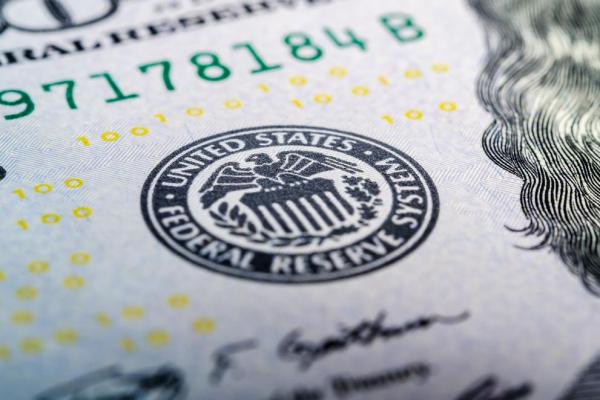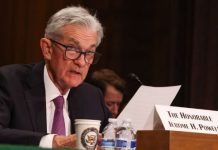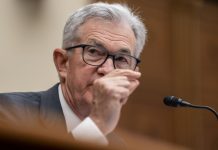
WASHINGTON, March 16 (UPI) — The U.S. Federal Reserve decided Wednesday to hold key interest rates steady, citing a volatile domestic stock market and an uncertain global economic climate — but said further hikes are expected before 2016 is out.
The Federal Open Market Committee decided to leave the American central bank’s benchmark interest rate in a range of between a quarter and a half percent at the conclusion of its two-day March meeting on Wednesday.
“Our decision to keep this accommodative policy stance reflects both our assessment of the economic outlook and the risks associated with that outlook. The committee’s baseline expectations for economic activity, the labor market and inflation have not changed much since December,” Federal Reserve Chair Janet Yellen said at a news conference Wednesday afternoon.
An updated outlook for 2016 includes two small interest rate hikes, down from a forecast of four at the Fed’s December meeting, when the central bank raised rates for the first time in nine years. A committee report a month later did not include an economic assessment, but Wednesday’s did — and said the domestic climate is growing at a “moderate” pace.
Inflation, a key economic gauge and factor in the Federal Reserve’s interest rate evaluation, remains below where analysts thought it would be.
“Inflation picked up in recent months; however, it continued to run below the Committee’s 2 percent longer-run objective,” the committee wrote in its report. “The committee currently expects that, with gradual adjustments in the stance of monetary policy, economic activity will expand at a moderate pace and labor market indicators will continue to strengthen.”
Yellen said the central bank expects inflation to return to the 2 percent threshold — along with further economic growth and labor strides — within the next two to three years.
“Inflation is expected to remain low in the near term, in part because of earlier declines in energy prices, but to rise to 2 percent over the medium term as the transitory effects of declines in energy and import prices dissipate and the labor market strengthens further,” the Fed’s report said. “The committee continues to monitor inflation developments closely.
“Against this backdrop, the committee decided to maintain the target range for the federal funds.”
“The federal funds rate is likely to remain for some time below levels that are expected to prevail in the longer run,” Yellen added. “The median projection of the federal funds rate rises only gradually — to 0.9 percent late this year and 1.9 percent next year.”
The Fed voted 9-to-1 against raising interest rates. The lone dissenter was Kansas City Fed President Esther George, who favored a quarter-point rate hike.
“Proceeding cautiously in removing policy accommodation at this time will allow us to verify that the labor market is continuing to strengthen, despite the risks from abroad,” Yellen said. “Such caution is appropriate, given that short-term interest rates are still near zero.”





